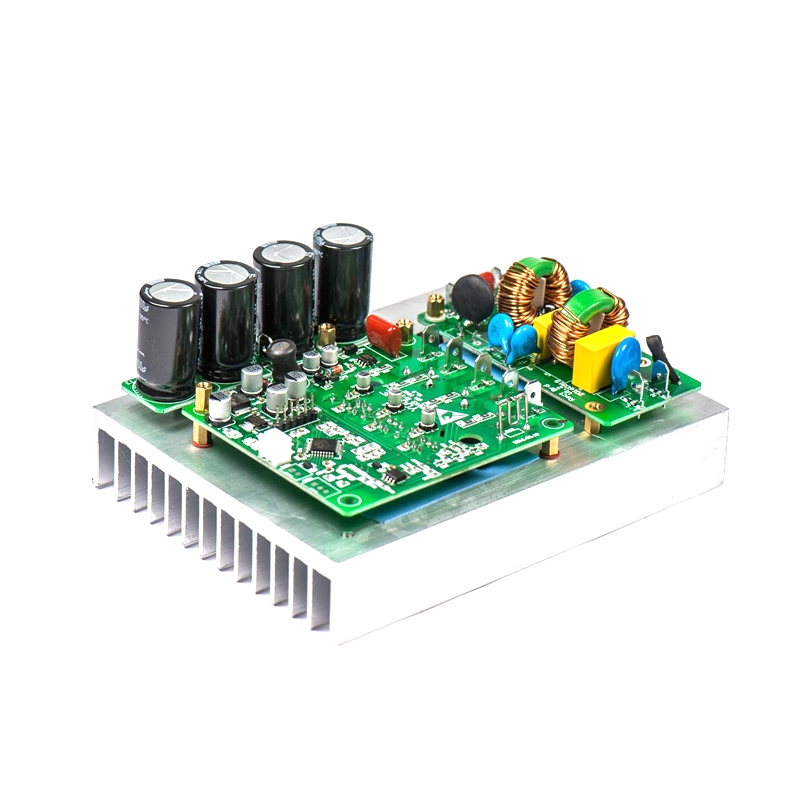Industrial Motor Drive Control Board
Details
Secondly, the motor control scheme is definitely used to control the motor, but what kind of motor? Is it a DC motor or an AC motor?What about the level of power? All of these need to be analyzed when the motor type is determined!Then, simply look at the types of motors:
From the perspective of power supply type, it can be roughly divided into the above categories, which leads to the generation of different motor control schemes;Further subdivision will produce different types.

For example, DC motors can also be divided into single-phase motors and three-phase motors; and because of the different corresponding control schemes of these classifications, it can be subdivided in the following algorithm. See!
Then, it can also be divided in terms of power:Motor definition according to different power classes!Therefore, the solution for motor control should be distinguished according to the application and type of the motor! It cannot be generalized!Servo motors, torque motors, switched reluctance motors, and permanent magnet synchronous motors are all distinguished according to their use.For the control of the motor, there is also a division of software and hardware. Here is a look at the software control level:The more commonly used motor control algorithms, that is, the ones used in the popular sense are:DC motor: It depends on whether it is three-phase or single-phase!Single-phase: It is relatively simple to control, the most direct is direct voltage control, of course, speed regulation is also possible; And three-phase: different control methods can be used, such as direct voltage control, pwm control or six-step control method, which can be completed by most single-chip microcomputers, trapezoidal wave control or sine wave control, which is right The chip puts forward some requirements, such as whether the capacity is sufficient, of course, it can also have FOC control, etc.;
Then AC motors can also be divided into categories. The algorithm level adopts classic pid control, of course, there are also advanced neural network control, fuzzy control, adaptive control, etc.;Then switch back to the question, which chip is better?According to the above content, it can be seen that there are many types of motors, and there must be different chips to meet the requirements under different types and different algorithms!To use a metaphor, a simple six-step control can be realized by an ordinary 51 single-chip microcomputer, but where should our products be applied? If it is a consumer product, it is enough that it can be operated, then 51 can meet the requirements, and if it is used in industry, it is enough to change to an ARM, and if it is used in a car, then these two types are not acceptable. What needs to be used is an MCU that can meet the car specification level!Therefore, the principle of choosing a chip for motor control is that since it depends on the type of motor, it also depends on the application!Of course, there are also some commonalities. For example, because it is motor control, the conventional previous solution generally needs to collect current information, so an amplifier may be used to convert the current and send it to the MCU for signal processing; of course, with the development of integrated circuits, The pre-driver part used in the past can now be directly integrated into the MCU by some manufacturers, saving the layout space!As for the control signal, direct voltage control only needs to send in voltage, pwm control requires mcu to collect, can/LIN and other controls used in automobiles need dedicated chips to transfer and send to mcu, etc.;
Here, a single chip is not recommended, but many original manufacturers in the world are using different motor solutions. For details, please visit the original website!Relatively large original manufacturers: infineon, ST, microchip, freescale, NXP, ti, onsemiconductor, etc., have launched different motor control solutions.










